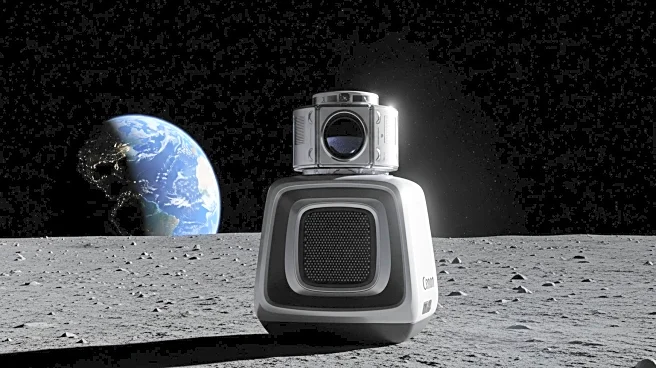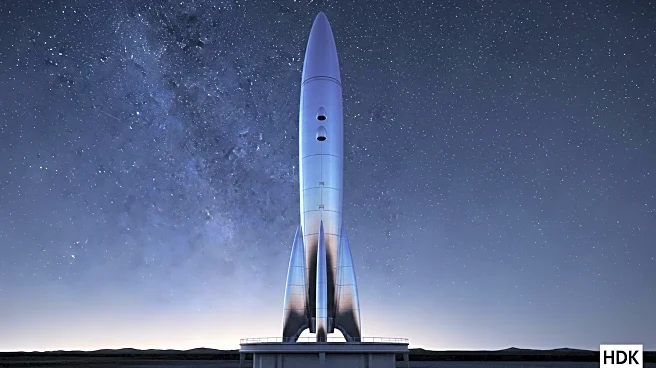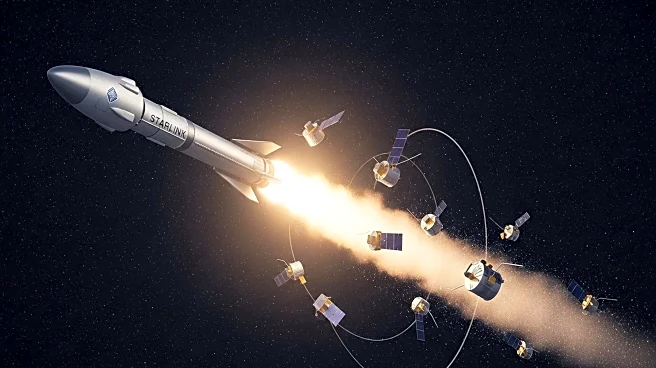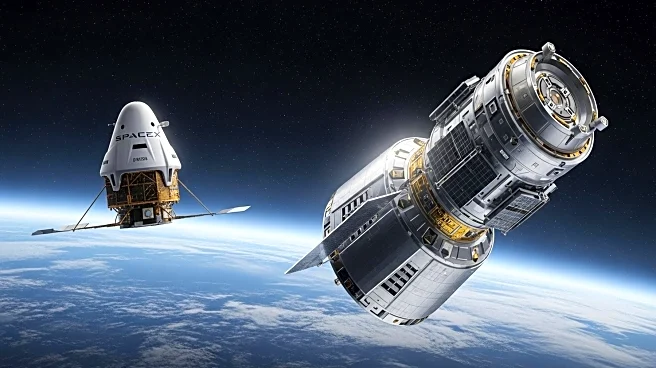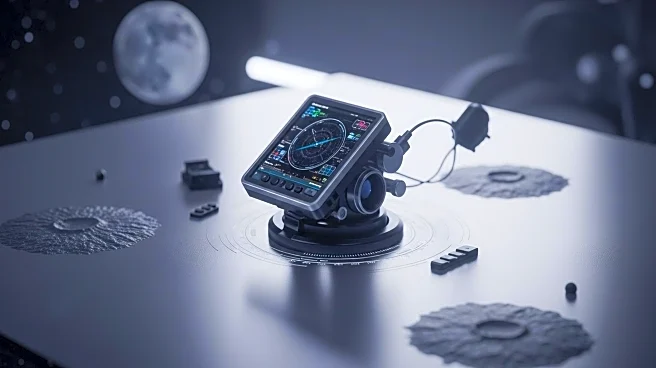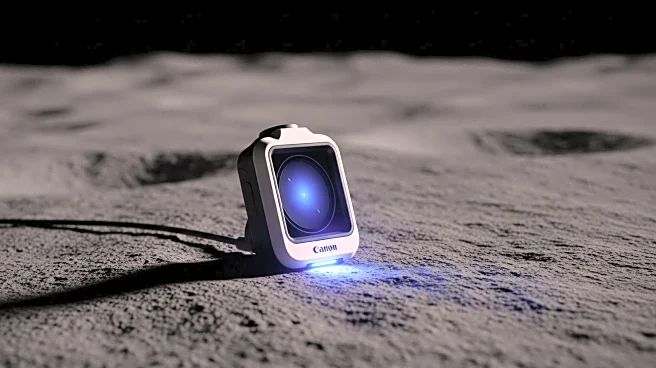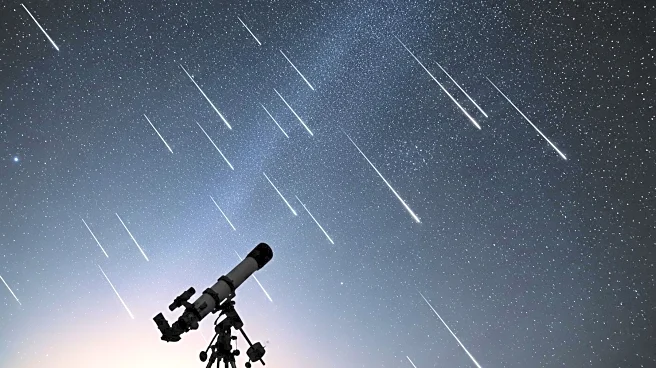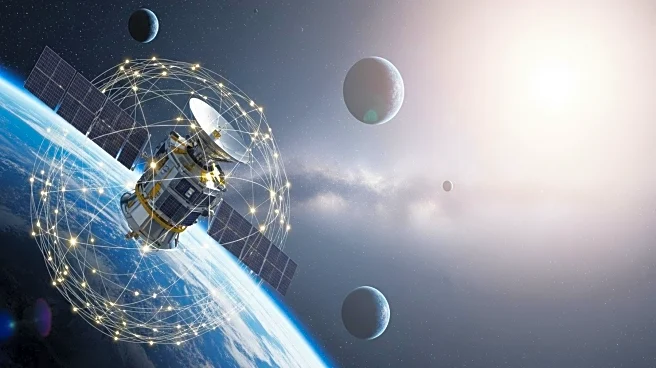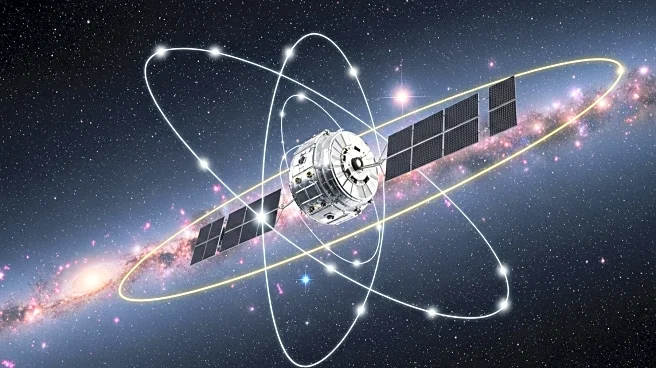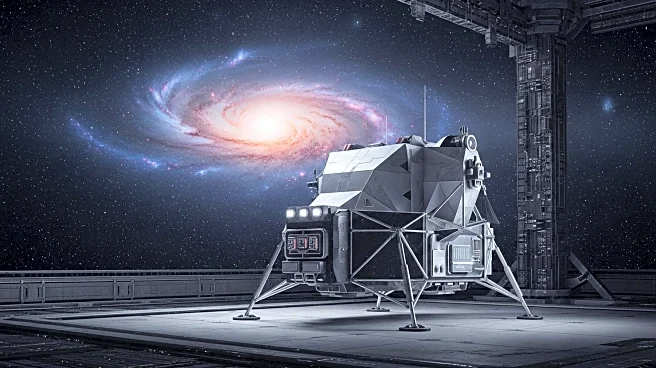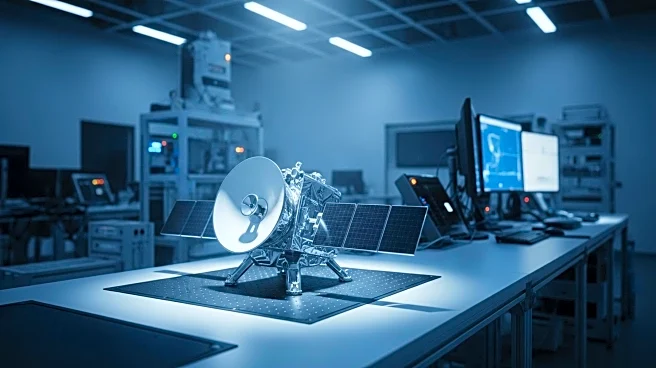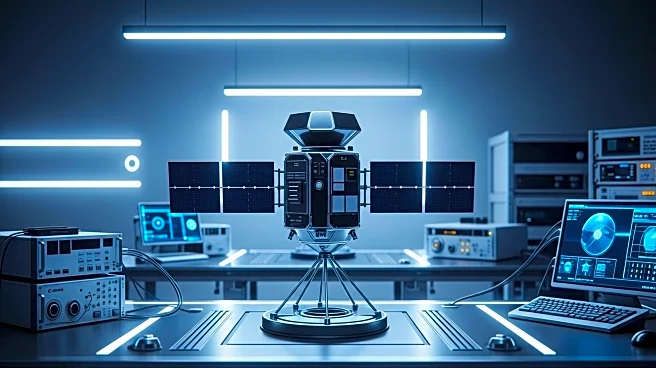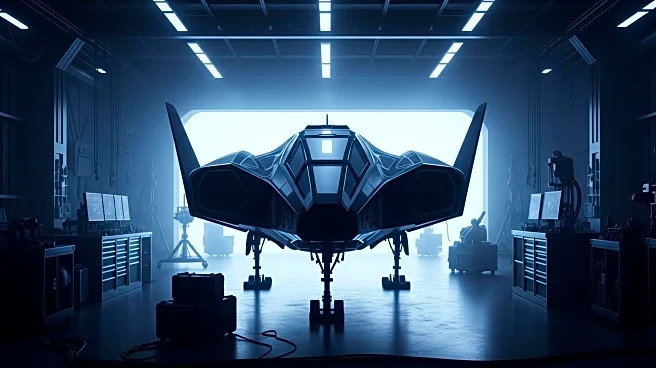What is the story about?
What's Happening?
Advanced Navigation has successfully completed terrestrial validation of its LUNA sensor, a compact laser-based navigation system designed for lunar missions and GPS-denied environments on Earth. The LUNA sensor, which provides real-time 3D velocity and altitude data, was tested in extreme conditions to simulate lunar landings. The trials demonstrated the sensor's precision, meeting the performance requirements set by Intuitive Machines for the upcoming IM-4 mission carrying NASA payloads. The LUNA sensor is designed to overcome the challenges of lunar landings by providing accurate navigation data without relying on GPS, thus reducing mission complexity and cost.
Why It's Important?
The successful validation of the LUNA sensor represents a significant advancement in navigation technology for space exploration. By providing precise navigation data in GPS-denied environments, the sensor enhances the safety and reliability of lunar missions. This technology is crucial for autonomous exploration, potentially reducing the risk of mission failure due to navigation errors. The LUNA sensor's capabilities also extend to terrestrial applications, offering precise navigation for autonomous vehicles in challenging environments. This development positions Advanced Navigation as a key player in both the space and defense industries, with potential economic benefits from commercial applications.
What's Next?
The LUNA sensor will undergo final spaceflight qualifications, including shock, vibration, and thermal vacuum testing, to ensure its readiness for the IM-4 mission. These tests will simulate the conditions of a SpaceX Falcon 9 launch and the harsh environment of space. The sensor's integration onto the IM-4 mission spacecraft marks a critical step toward its deployment in lunar exploration. Additionally, a terrestrial version of the LUNA sensor will be commercially available in late 2025, offering high-precision navigation for air and ground platforms operating in GPS-denied environments.
AI Generated Content
Do you find this article useful?
